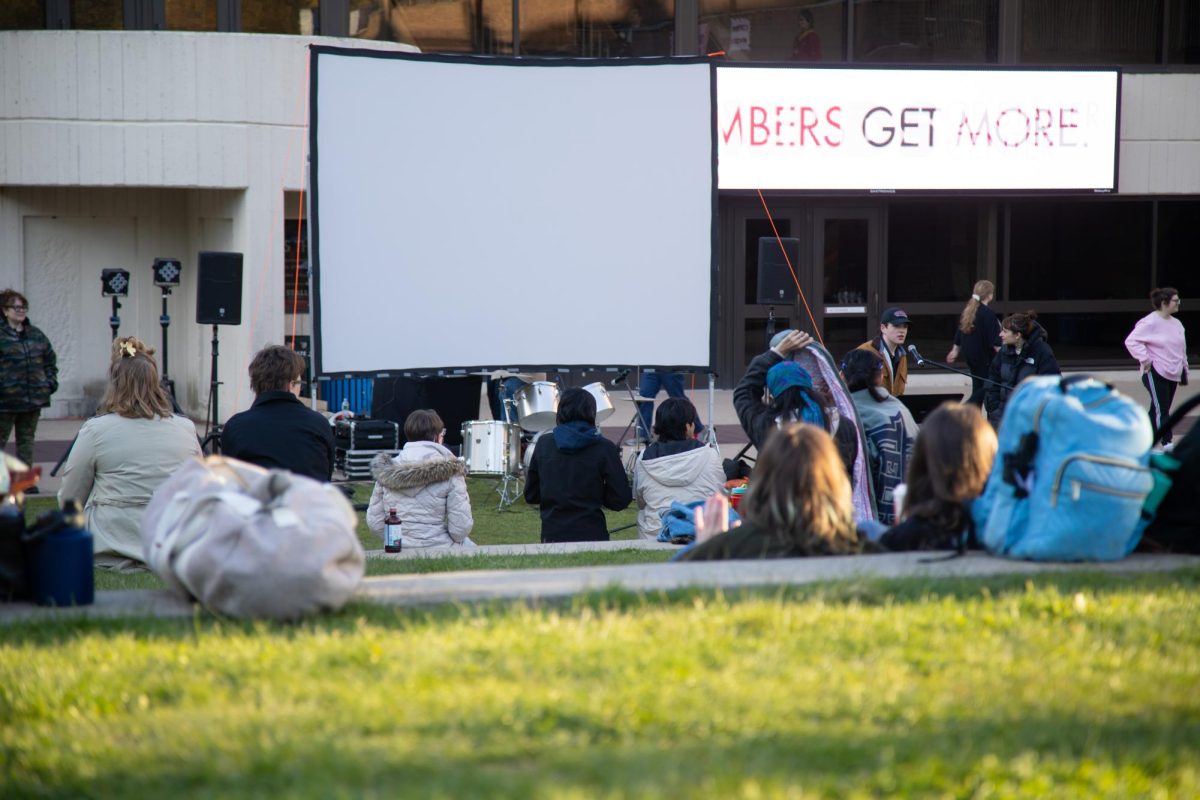There’s no better way to eat a bowl of hot vegetable soup during this cold season than having one made in your own kitchen with fresh vegetables picked up from your own farm. Stony Brook Hospital patients feel at home every time they are served a bowl of hot vegetable soup from Stony Brook hospital’s farm.
Stony Brook University Medicine had its own farm running since early July 2011. When the hospital broke ground with the farm, it was a 20 by 40 (800 sq ft) plot. This year, however, the farm was expanded to 2,200 square feet to keep up with increased demand.

The hospital has over 500 patients, all of which get a little share of the farm’s fresh vegetables. This year the hospital harvested more than 550 pounds of vegetables, which included more than 30 varieties of vegetables and herbs. Everything produced is harvested and put in trays that are taken right into the hospital’s kitchen.
The farm is funded by a grant from the NYSDOH, or the New York State Department of Health. Dr. Josephine Connolly-Schoonen, the executive director of the nutrition division at the hospital, says the farm is a “large project.” Connolly-Schoonen is a faculty member in the School of Medicine, teaching nutrition. She keeps the crops free of pesticides and diseases, ensuring the vegetables are healthy and safe for dinner.
Connolly-Schoonen states that “there are NO pesticides; everything is produced using organic methods, even the seedlings.” The community gardens coordinator and manager of the rooftop farm, Iman Marghoob, also added that “Although we are not a certified organic farm, we use sustainable farming practices; composting, crop rotation; no use of synthetic herbicide or pesticides; we do not use GMO seeds,” which makes the farm an even healthier and more trustworthy place to eat from.
It is said that carrots are sweeter during the winter, and Marghoob just found out that this is true “Most recently, I sampled a carrot still growing in the cold weather. Carrots are sweeter in the cold weather, and I found that to be true.” He also stated that he and his students sample the vegetables. “I feel it is important for me and the student volunteers to taste what they grow,” he added.
Although Hurricane Sandy caused a lot of destruction on Long Island, the farm was not affected by the hurricane at all—the kale, Swiss chard and lettuce crops that had been growing were unharmed. Marghoob said that “fortunately, we took precautions prior to Sandy by removing any tall structures, such as the arbors we had erected, so there was little or no harm done to the farm.” The University hospital will harvest one last crop soon and the farm will remain dormant over the winter.
The University hospital has created a successful farming system with volunteer labor. “This past summer we had five interns, two were on a paid internship, one worked for credits, one volunteered, and one did it for zero credit. During the fall, however, all the students volunteered. “I have had one very reliable student, Michael Geddes, who started over the summer, and has never left,” Marghoob said. This would be a great way to add this volunteer work to the students curriculum and make the become part of this large project, too. Two professors, both with sustainability studies, have also involved their students in the farm, requiring a certain number of hours per semester.
Volunteer work has been a really successful way to keep the farm going since it started back in July 2011, but Connolly-Schoonen said that it is going into its second phase—a marketing and promotional plan for the hospital patients. The only concerns with the farm, stated by Marghoob, are regarding the financial sustainability of the farm, as the NYSDOH grant will conclude in March 2014.
Where will Stony Brook University Hospital take the farm? It is a big project that has been going on for slightly over a year. Connolly-Schoonen said that “Our goal is to use the farm as a platform to change people’s perceptions about vegetables and to impress upon them the profound impact vegetables will have on the healing process and on delaying the progression of chronic illnesses.” Marghoob also said that he has plans for the farm’s location and expansion, “We are unsure of the future location of the farm. We still hope to grow in the greenhouse in Life Sciences building, and to expand growing space and also involve more student participation.”
The farm is garnering public attention; it was written about in the “The New York Times” last October and it even has its own Facebook Page.










